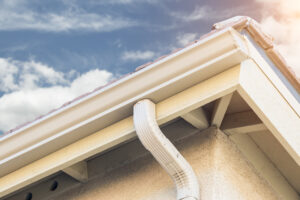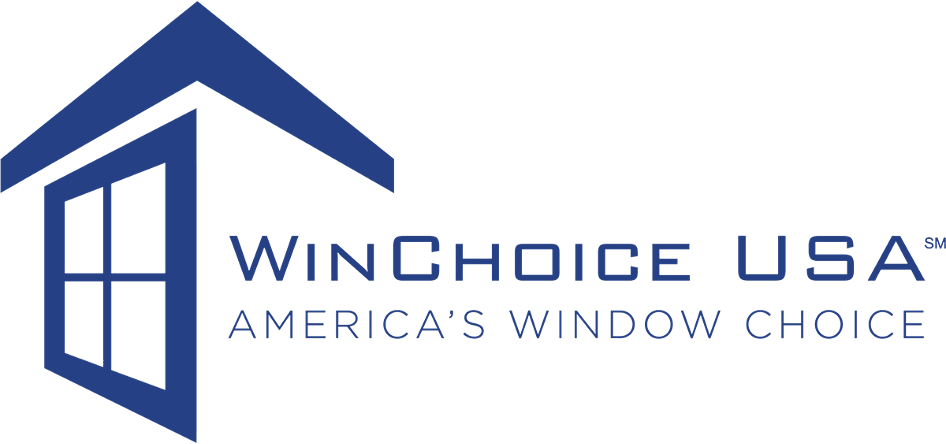Rain Gutter Alternatives for Your Home

As a homeowner, you know that rain gutters play an important role in protecting your home from water damage. But traditional gutters aren’t the only option for ensuring your home’s safety from stormwater damage. Depending on your climate, budget, and aesthetic preferences, alternative rain dispersal systems may work just as well or better. In this guide, we will explore the popular rain gutter alternatives to help you make the best choice.
What Purpose Do Rain Gutters Serve?
Gutters collect and divert rainwater away from your home’s foundation and landscaping. Without effective drainage, water can pool around the foundation, causing cracks, mold, and erosion. Gutters also protect siding and windows from water damage. Evaluating your climate and specific water runoff issues will help inform the right drainage approach.
Key Factors in Choosing Alternatives
When deciding on the best gutter solution, consider:
- Local rainfall amounts and patterns
- Your roof size and pitch
- Aesthetic preferences
- Landscape drainage needs
- Ease of installation/maintenance
- Upfront cost versus durability
Rain Gutter Alternatives for Homes
If you’re looking for alternatives to traditional rain gutters for your home, there are several options to consider, depending on your budget and aesthetic preferences. Here are some alternatives:
- Rain Chains: Rain chains are decorative alternatives to downspouts. They guide rainwater down from your roof to the ground, often with a pleasing visual and auditory effect as the water cascades down the chain. They come in various designs, materials, and lengths to suit different styles and rainfall volumes.
- French Drains: French drains are underground trenches filled with gravel or rock that redirect water away from your home’s foundation. They can be an effective solution for managing water runoff, especially in areas prone to heavy rainfall or poor soil drainage.
- Grassy Swales: Grassy swales are shallow, vegetated channels designed to slow, collect, and filter stormwater runoff. They’re often used in landscaping to manage water flow and prevent erosion. Incorporating swales into your yard can enhance its aesthetics while providing functional drainage.
- Rainwater Harvesting Systems: Rainwater harvesting systems collect rainwater from your roof and store it for later use, such as watering your garden, flushing toilets, or washing clothes. These systems typically include gutters or downspouts to direct water into storage tanks or barrels, reducing reliance on municipal water supplies and lowering water bills.
- Green Roofs: Green roofs, also known as living roofs, are roofs covered with vegetation and a waterproofing membrane. They absorb and retain rainwater, reducing stormwater runoff and heat absorption while providing insulation. While more complex and expensive to install, green roofs offer numerous environmental benefits and can enhance the appearance of your home.
- Permeable Pavers: Permeable pavers are specially designed to allow water to penetrate the surface and infiltrate the ground below, reducing runoff and promoting groundwater recharge. They’re often used for driveways, walkways, and patios to mitigate stormwater runoff and prevent flooding.
- Rain Gardens: Rain gardens are shallow depressions planted with native vegetation that capture and absorb rainwater runoff from roofs, driveways, and other impervious surfaces. They help filter pollutants, replenish groundwater, and provide habitat for birds and butterflies while adding beauty to your landscape.
Rain Dispersal Systems as Gutter Alternatives
The main purpose of rain dispersal systems is to spread out and soak in water versus letting it concentrate and cause erosion or flooding issues. They offer eco-friendly drainage alternatives to traditional gutter and pipe systems.
Benefits of Using Rain Dispersal Systems as Gutter Alternatives
- Evenly disperse water: Rain dispersal systems with louvers spread out rainwater evenly rather than concentrating it in downspouts. This prevents overwatering specific areas.
- Preserve landscaping: By dispersing water over lawn and garden areas, these systems can be beneficial to vegetation rather than flooding certain spots.
- Prevent foundation erosion: The even distribution of water mitigates erosion issues around the home’s foundation.
- Eco-friendly: Rain dispersal allows water to be absorbed into the soil and used by plants rather than sending it into storm drains.
- Low maintenance: Rain dispersal systems have no gutters or downspouts to clean out and maintain.
However, rain dispersal systems have lower overall water handling capacities compared to traditional gutter systems. They work best in drier climates that don’t see extremely heavy rainfall. But for many homes, they offer an effective and visually appealing drainage solution.
Role of Drip Edge and Relationship to Gutters
Drip edge is not typically considered an alternative to rain gutters but rather a complementary component of a gutter system. A drip edge is a metal flashing installed along the edges of a roof to direct water away from the fascia and into the gutters, helping to prevent water damage to the roof deck and fascia board.
While drip edge serves a similar function to gutters in terms of managing water runoff along the roof’s edge, it does not provide the same level of water collection and conveyance as a gutter system. Gutters are designed to collect water from the entire roof surface and channel it away from the building, helping to protect the foundation, prevent erosion, and minimize water damage to the exterior and interior of the home.
In some cases, drip edge may be installed without gutters, particularly on roofs with a steep pitch or in regions where gutters are not commonly used. However, relying solely on drip edge for water management may not be sufficient to adequately protect your home from water-related issues, especially during heavy rainfall or in areas with significant runoff.
Benefits of Traditional Rain Gutters Over Alternatives
When it comes to protecting your home from water damage, traditional gutters have some key advantages over alternative options. Though alternatives like drip edges and rain chains have their merits, standard gutters remain the most efficient and reliable drainage system.
The main benefit of traditional gutters is their superior water-handling capacity. With their enclosed trough design and connected network of downspouts, they can collect rainwater from the entire roofline and divert it safely away from the house. This prevents flooding and water accumulation issues. Gutter alternatives either handle less water overall or merely redirect it rather than fully diverting it.
Another major advantage is that traditional gutters protect all critical areas of the home. By gathering water from all roof edges, standard gutters keep moisture from seeping into the fascia, soffits, siding, windows, and foundation. Alternative dispersal methods often only divert water from limited roof sections. Without complete roof coverage, vulnerable spots remain.
Standard gutters also integrate well with gutter guards. Gutter guards prevent clogs and reduce maintenance needs. Once installed, traditional gutter systems require very little ongoing attention when paired with guards. Many alternative systems are prone to clogging or overflow issues without vigilant debris removal.
Finally, though initially more expensive than some alternatives, properly installed traditional metal or vinyl gutters will outlast most other drainage methods. With lifespans over 20 years when paired with the right maintenance, standard gutters are a sound long-term investment in protecting against catastrophic water damage.
For comprehensive rainwater control, traditional gutters can’t be matched. Their superior diversion capacity, full roof coverage, and wide accessory options make them the gold standard home drainage system, especially in wet climates. Careful installation and regular cleaning are key to getting the most from their benefits.
Final Thoughts
When considering alternatives to traditional rain gutters, it’s essential to evaluate your specific drainage needs, local climate, and landscape characteristics to choose the most suitable solution for your home. While DIY options exist, consulting a professional landscaper or a local drainage specialist regarding your home’s needs is wise. They can assess issues and ensure proper installation and function of any drainage system, which can help prevent expensive repairs later.
Additional Gutter Resources
- Gutter Replacement Cost Guide
- How to Install and Replace Gutters
- Protecting Your Home from the Hidden Dangers of Clogged Gutters
- The Best Gutter Types for Your Home

Anna has over six years of experience in the home services and journalism industries and serves as the Content Manager at MyHomePros.com, specializing in making complex home improvement topics like HVAC, roofing, and plumbing accessible to all. With a bachelor’s degree in journalism from Auburn University, she excels in crafting localized, comprehensive guides that cater to homeowners’ unique needs. Living on both coasts of the United States has equipped her with a distinctive perspective, fueling her passion for turning any house into a cherished home through informed, personalized decision-making.








